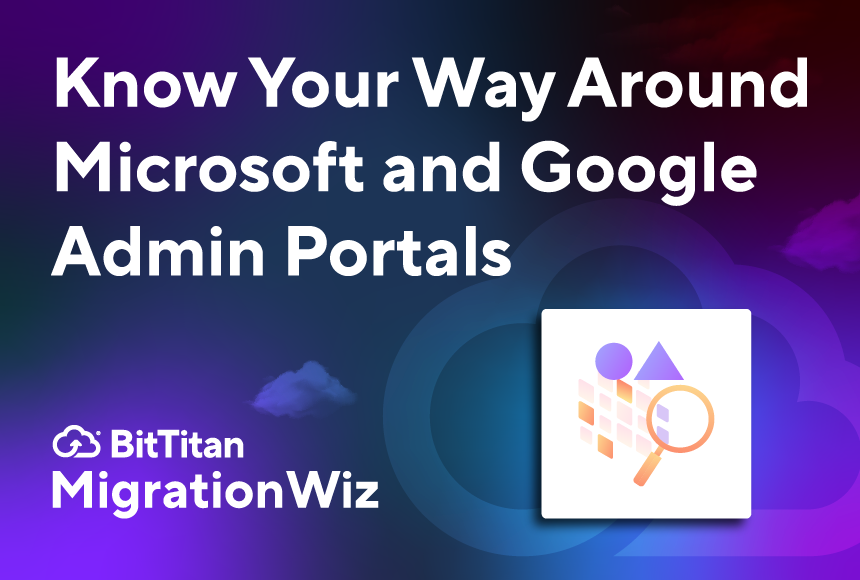While that may somewhat true and Microsoft Azure claims a 0% annualized failure rate for IaaS disks, it all comes down to asking yourself one key question:
“Who loses their job if data is lost?”
Responsibility for data integrity always rests with the owner of the data, and never with the service provider. Examine any provider’s cloud services contract and you’ll find the clauses that tell you that they take no responsibility for data loss or loss of business caused by data loss. That fiduciary responsibility remains with the customer who owns the data.
Beyond the contract are the pragmatic realities. Depending upon what data is lost, a company may suffer anything from a brief period to rebuild the data to being completely driven out of business with many layers of pain in between.
The first and foremost responsibility of the customer is to carefully select the most reliable possible provider to make it easier for them to exercise their responsibility.
How Much Backup (and Recovery) Do You Need?
The underlying purpose of backing up data is to allow for recovery from disaster. Since the owner is always responsible for data integrity, a plan must be developed to make sure that everything is backed up effectively and protected from loss. There are several questions which must be answered in your planning for “comprehensive” backup.
1) How much is each data asset worth? It makes no sense to spend more protecting a data asset than it is worth, yet many companies do this all the time.
2) How long will it take to backup all the data assets? Many companies prefer to perform data backup during non-working hours but cannot if the backup will take too long. One way to mitigate this is through periodic full backups and incremental backups in-between, where the only data that gets backed up is that which has changed since the last backup.
3) How quickly must each data asset be restored in the event of a failure, referred to as the Restore Time Objective (RTO)? Beyond this, how quickly must operations using data assets be restored in the event of a facility-based disaster? Some operations require non-stop business continuity, which involves providing a completely-equipped redundant site for operations. Other data assets can remain unavailable for varying periods of time without seriously impacting operations. This is referred to as the Restore Point Objective (RPO). Non-stop business continuity, an RPO of zero, is a very expensive undertaking.
Here is where we learn that all of backup planning is essentially a balance between criticality and budget. You may say you need full business continuity, but you may change your mind when you calculate how much it will cost you to build in the required levels of system, storage, and facility redundancy. Fortunately, Azure data centers do back each other up, which can help mitigate these costs.
So What DOES Azure Provide?
Azure Backup is a remarkably robust service. Here are just some of the features you can take advantage of during your planning. Always remember, however, that you may want to use third-party solutions to house your redundant backup elsewhere.
For the foreseeable future, the majority of environments will continue to be hybrids of on-prem and cloud-based services while companies gradually migrate their workloads to the cloud to prevent disruption. Azure Backup automatically allocates and manages backup storage for both, using a pay-as-you-go model for the storage you consume. No need for multiple backup platforms.
- Azure Backup automatically scales to accommodate your workloads. There is no limit on data transfer, and more storage is allocated as needed. Again, given that this is a pay-as-you-go model, you need to plan to have older backups cycled off the system to reduce overall costs.
- Redundancy is built into Azure Backup through locally redundant storage (LRS), in which three copies of your data are made in data centers located in your region, and Geo-Redundant Storage (GRS) which uses data centers located elsewhere in the world to allow for disasters that might affect your entire region.
- Best practice is to encrypt all data at all times, whether in transit or at rest in storage. Azure always encrypts all data. The only thing not stored on Azure is the encryption passphrase. Backups are also application-consistent which reduces the time it takes to return to a running state by capturing all data required to restore the data.
- Just as your airport offers short-term and long-term parking, you may choose to store or archive older data in a Recover Services vault for as long as you like.
Nothing is Fully Automatic
As you’ve read through these backup features in Azure, there are specific actions which must be taken by people periodically. It is critical to your plan that you take these tasks into account and determine who is going to perform each one, and who is going to be their redundant backup. Disasters come in all shapes and sizes, and the designated person may no longer be available.



